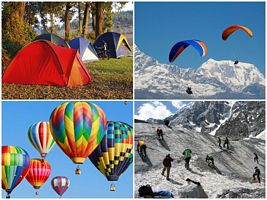Dirang Tourism
Search related to Arunachal Pradesh Tourism

Dirang is a beautiful town located in the West Kameng district of Arunachal Pradesh, India. It is situated at an altitude of 1497 meters above sea level and is surrounded by majestic mountains, lush green forests, and crystal-clear rivers. Dirang is known for its natural beauty, unique culture, and rich history.
History
Dirang has a rich history that dates back to the 5th century AD. According to local legends, Dirang was initially ruled by a king named Tsenpo. However, the town's history remains somewhat obscure, with few written records available to provide a detailed account of its early years. It is believed that the town was once an important trade center on the ancient Silk Road that connected India to Tibet and China.
In the 17th century, Dirang came under the control of the Ahom Kingdom of Assam, and later, it was ruled by the British during their colonial period in India. Today, Dirang is a part of the state of Arunachal Pradesh, which was established as a union territory in 1972 and became a state in 1987.
Geography
Dirang is situated in the West Kameng district of Arunachal Pradesh and is surrounded by the Eastern Himalayas. The town is located on the banks of the Dirang Chu River, which flows from the Tibetan Plateau and is a tributary of the Brahmaputra River. Dirang is also close to the Sela Pass, which is one of the highest motorable passes in the world and connects Arunachal Pradesh with the Tawang district.
The climate in Dirang is mostly temperate, with the summer months (May to August) being warm and the winter months (November to February) being cold. The town receives heavy rainfall during the monsoon season (June to September), which is essential for the growth of its lush green forests.
Demographics
Dirang has a population of around 10,000 people, according to the 2011 Census of India. The town is home to several ethnic groups, including the Monpa, Sherdukpen, and Aka tribes. The Monpa people are the largest ethnic group in the area and are known for their unique culture and traditions.
The official language of Dirang is English, but many locals speak Monpa, Hindi, and Assamese as well. The majority of the population practices Buddhism, with a small number of Hindus and Christians.
Economy
Dirang's economy is primarily based on agriculture, with rice, maize, and millet being the main crops grown in the area. The town is also known for its apple orchards, which produce some of the best apples in the region. In recent years, tourism has become an important source of income for the town, with visitors coming to explore its natural beauty and unique culture.
Dirang has several small businesses, including shops, restaurants, and guesthouses, which cater to tourists. There is also a market in the town center, where locals sell fresh produce and handmade crafts.
Culture
Dirang is known for its unique culture, which is a blend of Tibetan, Monpa, and Assamese influences. The Monpa people, who are the largest ethnic group in the area, have their own language, customs, and traditions. They are known for their colorful festivals, which are celebrated throughout the year and feature traditional dances, music, and food.
One of the most important festivals in Dirang is Losar, which marks the beginning of the Tibetan New Year. During Losar, Monpa families gather together to feast, exchange gifts.
- State :
- Arunachal Pradesh
How to Reach Dirang
Complete List of Tehsils in Dirang District, Arunachal Pradesh
| S.No | Tehsil / Taluk Name | District Name | State Name |
|---|
Discover Exciting Places to Visit in Agra, Uttar Pradesh - Your Ultimate Travel Guide
Are you ready to explore the wonders of Agra, Uttar Pradesh? From the majestic Taj Mahal to hidden gems waiting to be discovered, our travel guide unveils the most captivating
Explore Exciting Places to Visit in Mumbai, Maharashtra - Your Ultimate Travel Guide
Ready for an adventure? Mumbai, in the beautiful state of Maharashtra, is packed with amazing places waiting to be explored! From iconic landmarks to hidden gems, Mumbai has something for
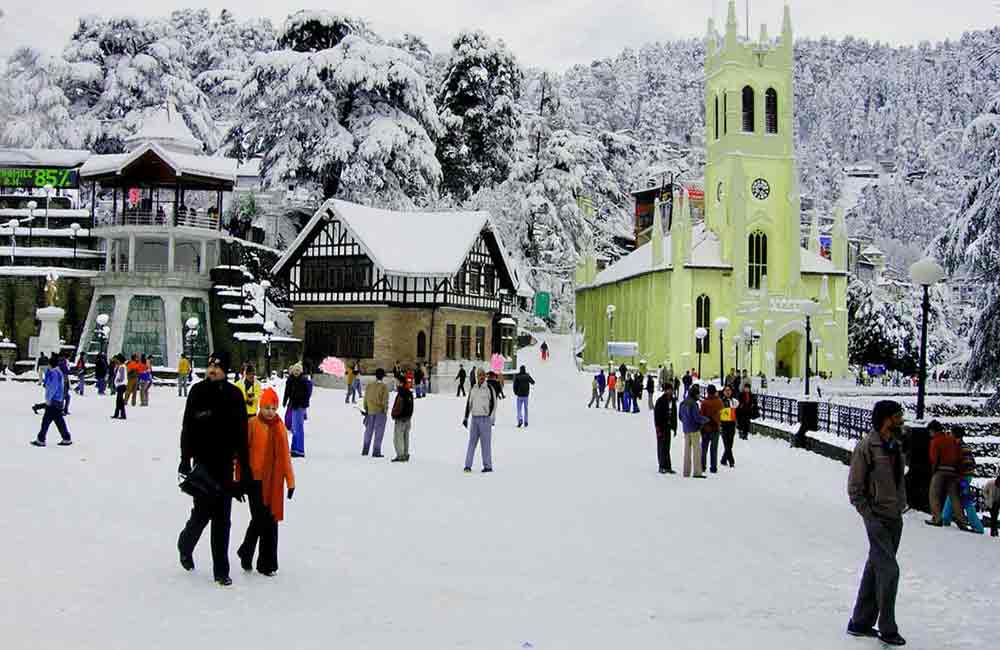
Explore the Wonderful Places to Visit in Manali, Himachal Pradesh - Your Ultimate Guide!
Ready for an exciting adventure? Discover the places to visit in Manali, Himachal Pradesh! From snowy mountains to lush valleys, there's something for everyone. Plan your trip now and explore
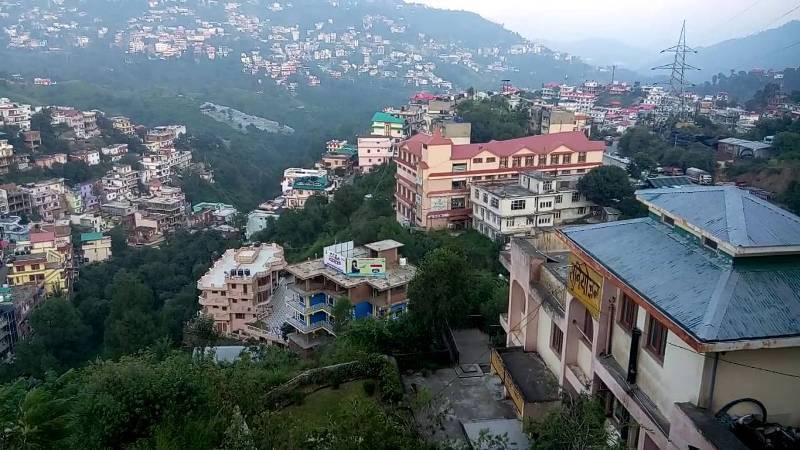
Places to Visit in Solan Himachal Pradesh - Explore the Best Tourist Spots
Discover the enchanting beauty of Solan Himachal Pradesh by exploring its myriad tourist spots. Whether you're seeking adventure or tranquility, Solan has something for everyone. From lush green valleys to
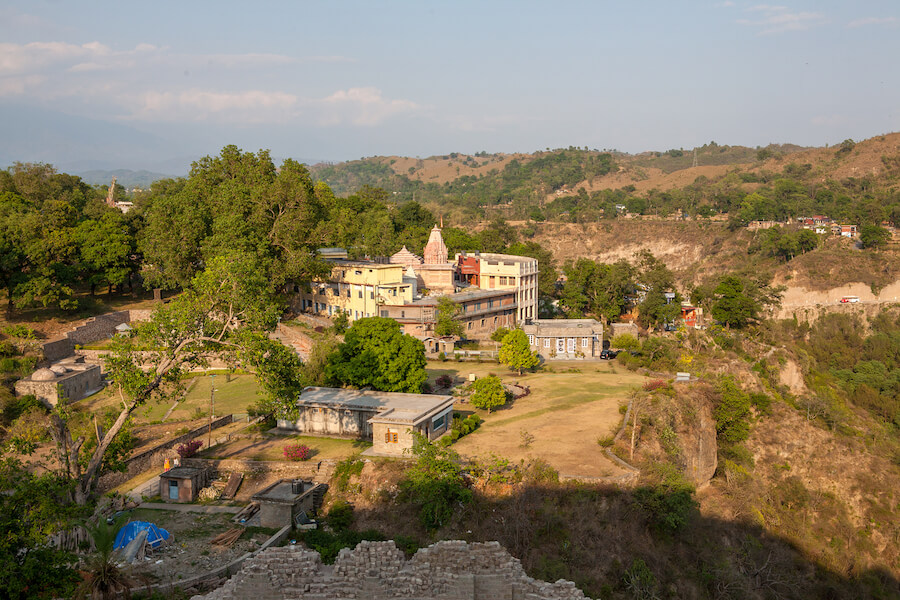
Discover the Best Places to Visit in Kangra, Himachal Pradesh: A Traveler's Guide
Ready for an exciting journey? Kangra, Himachal Pradesh welcomes you with open arms! Explore ancient temples, lush landscapes, and more in this enchanting valley. Let's uncover the best places to
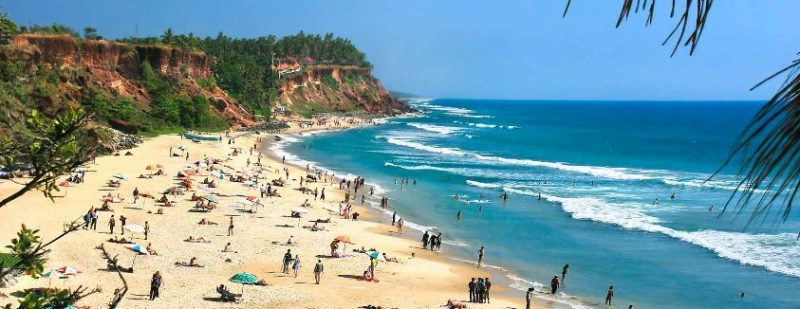
Explore Incredible Places to Visit in Varkala, Kerala: A Guide
Are you ready for an adventure? Varkala in Kerala is waiting for you! Discover the magic of this beautiful place with our guide to the best places to visit. From
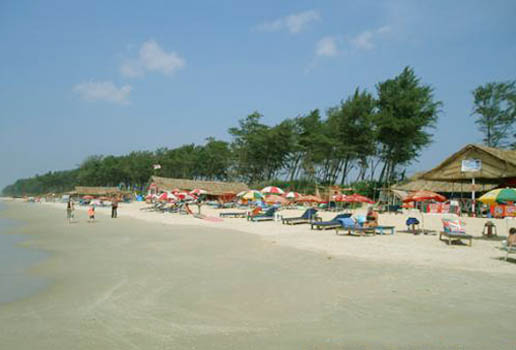
Explore Panaji, Goa: Discover the Best Places to Visit in the City
Ready for an adventure? Panaji, located in Goa, is packed with exciting places to visit. From ancient forts to picturesque beaches, there's never a dull moment in this lively city.
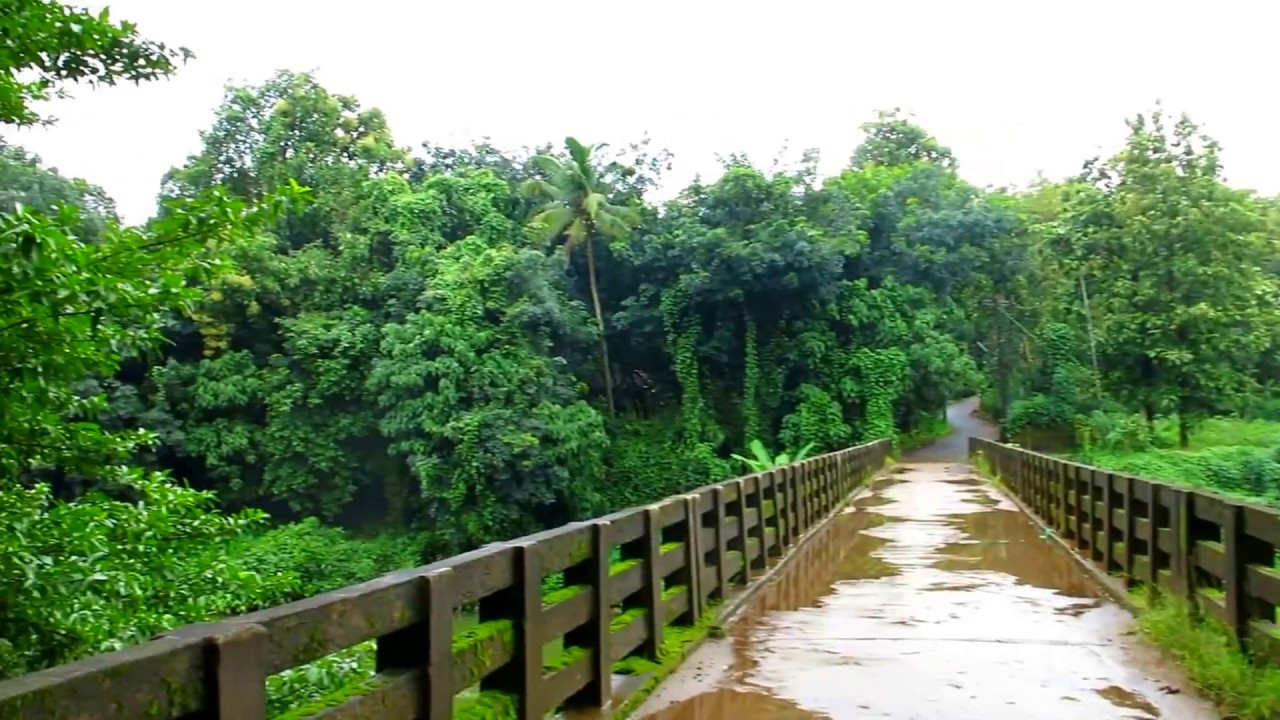
Explore the Best Places to Visit in Thrissur, Kerala – A Perfect Guide for Your Next Adventure!
Are you ready to explore Thrissur, Kerala? Get ready for an exciting journey through this vibrant city! Discover its rich history, stunning landmarks, and fascinating culture. With our guide to
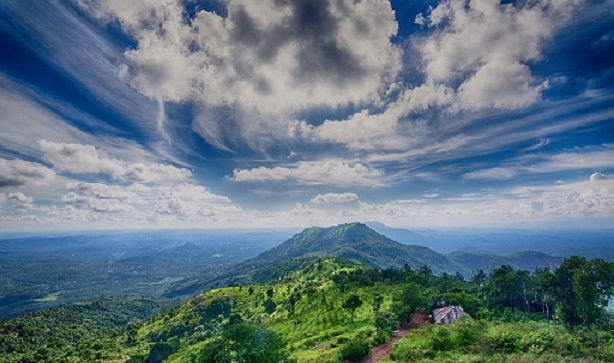
Explore the Best Places to Visit in Malappuram, Kerala - A Traveler's Guide
Dive into the beauty of Malappuram, Kerala with our ultimate travel guide! From picturesque beaches to fascinating historical sites, explore the best places to visit in Malappuram Kerala. Whether you're
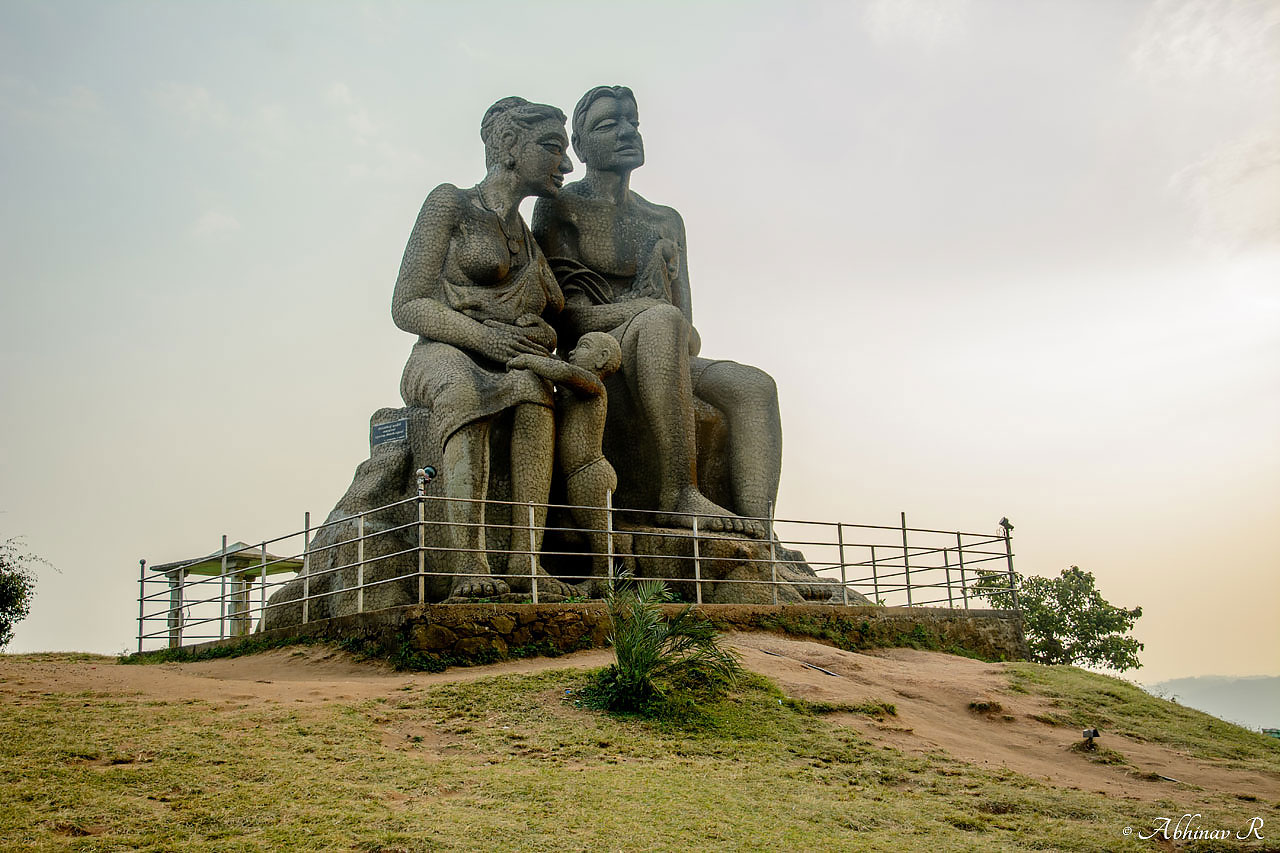
Explore the Best Places to Visit in Idukki, Kerala - A Traveler's Guide
Discover the mesmerizing beauty of Idukki, Kerala with our guide to the best places to visit. From breathtaking landscapes to serene lakes, explore the charm of this enchanting destination. Whether


